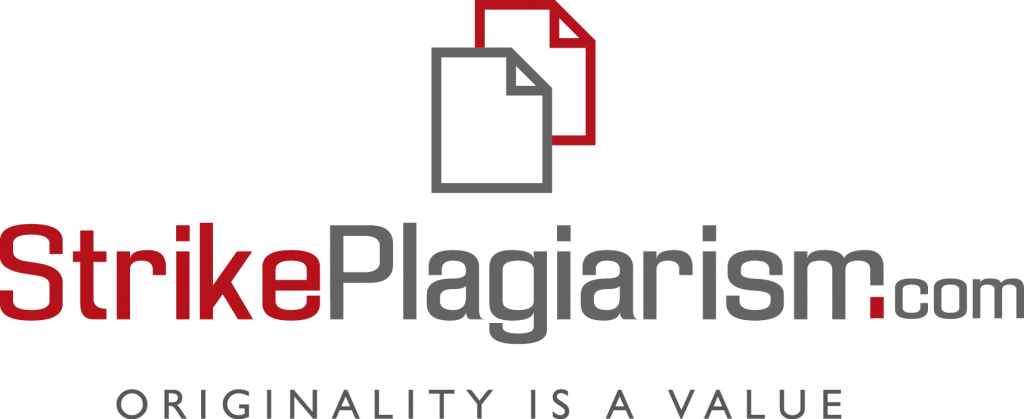Techno-aesthetic analysis of a phonocomposition within the context of musicological research
DOI:
https://doi.org/10.24195/artstudies.2025-3.15Keywords:
techno-aesthetic analysis, phonocomposition, sound engineering, sound field, music recording, interpretation, musicologyAbstract
This article proposes a theoretical methodology for the techno-aesthetic analysis of phono- compositions within the scope of academic research in musicology, computational musicol- ogy, sound engineering, and related fields. It highlights the necessity of integrating techno- logical and aesthetic criteria for a comprehensive study of musical compositions in sound recordings, focusing on the interplay between creative intent and its technical realisation. The purpose of the work is to systematise the terminological base and substantiate a universal model for techno-aesthetic analysis, capable of ensuring the unity of objective and subjective evaluation criteria. The research methodology is grounded on a combination of aesthetic-the- oretical analysis, critical listening, objective sound measurement methods, and the princi- ples of block and comparative organisation. This approach allows for taking into account the structural, technical, and aesthetic parameters of musical compositions in sound recordings, the creative role of the sound engineer, and the specifics of technological solutions in the phonocomposition process.The article’s findings define the key parameters of techno-aesthetic interpretation and tech- no-aesthetic analysis. The expediency of applying a shortened analytical format is substan- tiated, which includes classifiers (genre, style, function of the work), objectivators (technical characteristics of sound, used technologies) and interpreters (aesthetic markers). The scien- tific novelty of the work lies in the conceptualisation of techno-aesthetic analysis as a compre- hensive methodology that unifies musicological and aesthetic, digital-computer, software, and sound-technical approaches. A model for a shortened techno-aesthetic analysis is proposed for the first time. In conclusion, it is underscored that techno-aesthetic analysis can be applied as a universal approach in musicological research, professional sound engineering practice, and the educational process. Its use opens up prospects for the formation of a unified system of analytical criteria, the development of digital processing tools and analysis automation, as well as the improvement of training methods for specialists in the field of musical art.
References
1. Бондаренко, А. І. (2022). Сучасне музичне мистецтво і комп’ютерні програми. Ліра-Л. 284.
2. Гайденко, І. А. (2005). Роль музичних комп’ютерних технологій у сучасній композиторській практиці [Дис. канд. мистецтвозн., Харківський державний університет мистецтв імені І. П. Котляревського], Харків. 187.
3. Смаглій, Г. А., & Маловик, Л. В. (2005). Основи теорії музики (3-тє вид., перероб. і доп.). Факт. 384.
4. Alpaydın, R. (2022). Computational Music Theory. İstanbul Technical University, 22, 7–22.
5. Moylan, W., Burns, L., & Alleyne, M. (Eds.). (2022). Analyzing Recorded Music: Collected Perspectives on Popular Music Tracks. Focal Press. 446.
6. Ballou, G. (2015). Handbook for Sound Engineers (5th ed.). Focal Press. 1784.
7. Blauert, J. (1997). Spatial Hearing: The Psychophysics of Human Sound Localization. MIT Press. 512.
8. Bregman, A. S. (1994). Auditory Scene Analysis: The Perceptual Organization of Sound. The MIT Press. 800.
9. Brinkmann, F., & Weinzierl, S. (2023). Audio quality assessment for virtual reality. Springer. 437.
10. Brixen, E. (2020). Audio Metering: Measurements, Standards and Practice (3rd ed.). Routledge. 418.
11. Carnovalini, F., Rodà, A., Harley, N., Homer, S. T., & Wiggins, G. A. (2021). A new corpus for computational music research and a novel method for musical structure analysis. In Audio Mostly 2021 (AM’21). ACM. https://doi.org/10.1145/3478384.3478402
12. Clarke, M., Dufeu, F., & Manning, P. (2020). Inside Computer Music. Oxford University Press. 433.
13. Corey, J. (2016). Audio Production and Critical Listening: Technical Ear Training (2nd ed.). Routledge. 160.
14. Couprie, P. (2022). Designing sound represen- tations for musicology. In Sound and Music Computing Conference (SMC) (563–569). URL: https://hal.science/hal-03683837v1
15. Eargle, J. (2011). The Microphone Book: From Mono to Stereo to Surround – A Guide to Microphone Design and Application (3rd ed.). Focal Press. 480.
16. Eren, H. C., & Öztug, E. K. (2020). The Implementation of Virtual Choir Recordings during Distance Learning. Cypriot Journal of Educational Sciences, 15 (5), 1117–1127.
17. Everest, F. A. (2007). Critical Listening Skills for Audio Professionals. Thomson Course Technology. 232.
18. Everest, F. A., & Pohlmann, K. (2021). Master Handbook of Acoustics (7th ed.). McGraw Hill TAB. 656.
19. Fastl, H., & Zwicker, E. (2007). Psychoacoustics: Facts and Models. Springer Science & Business Media. 472.
20. Hoeg, W., Christensen, L., & Walker, R. (1997). Subjective assessment of audio quality – The means and methods within the EBU. EBU Technical Review, Winter, 40.
21. International Telecommunication Union. (2019). ITU-R Recommendation BS.1284-2 (2019). General methods for the subjective assessment of sound quality. 18.
22. International Telecommunication Union. (2023). Recommendation ITU-R BS.1387-2. Method for objective measurements of perceived audio quality. ITU.
23. iZotope. (n.d.). Insight 2 Help Documenta- tion. URL: https://support.izotope.com/hc/en-us/articles/6658242847121-Insight-2-Help-Documentation
24. Moore, B. (2013). An Introduction to the Psychol- ogy of Hearing (6th ed.). BRILL. 458.
25. Moylan, W. (2020). Recording Analysis: How the Record Shapes the Song. Routledge. 568.
26. OIRT. (1992). OIRT Recommendation 91/2: Subjective assessment of sound recordings. OIRT.
27. Thompson, D. M. (2005). Understanding Audio: Getting the Most Out of Your Project or Professional Recording Studio. Berklee Press. 368.
28. Torcoli, M., Kastner, T., & Herre, J. (2021). Objec- tive Measures of Perceptual Audio Quality Reviewed: An Evaluation of Their Application Domain Dependence. IEEE/ACM Transactions on Audio, Speech, and Language Processing, 29, 1530–1541.
29. Volioti, G., & Williamon, A. (2021). Performers’ discourses on listening to recordings. Research Studies in Music Education, 43 (3), 481–497.
30. White, P. (2009). Making the Most of the Stereo Panorama. Sound on Sound. URL: https://www.soundonsound.com/techniques/making-most-stereo-panorama
31. Williams, J. (2021). Recording the story: Exploring the relationship between music production and narrative [Doctoral dissertation, Queensland University of Technology]. 311.
32. Zhang Y. Utilizing Computational Music Analysis And AI For Enhanced Music Composition: Exploring Pre-And Post-Analysis // Educational Administration: Theory and Practice. 2024. Vol. 3, No. 5. P. 269–282. DOI: 10.53555/kuey.v30i5.2841.
33. Zhao, J., Jiang, S., Ma, J., Wang, S., & Li, Y. (2023). Computational music: Analysis of music forms. In International Conference on Computational Science and Its Applications (366–384). Springer.








